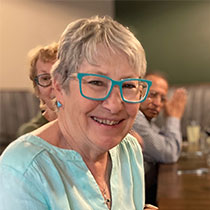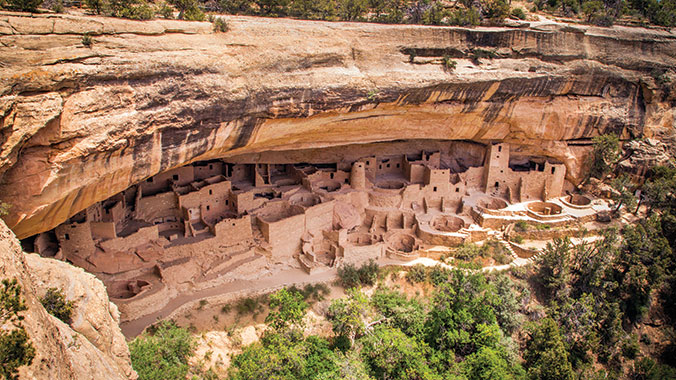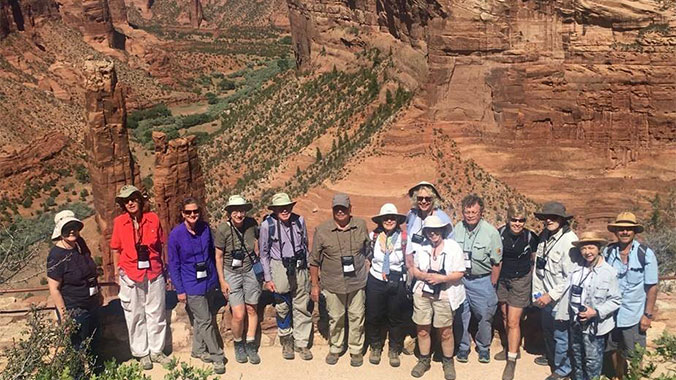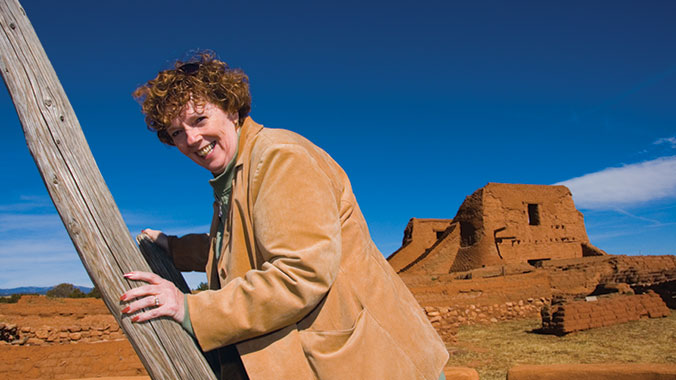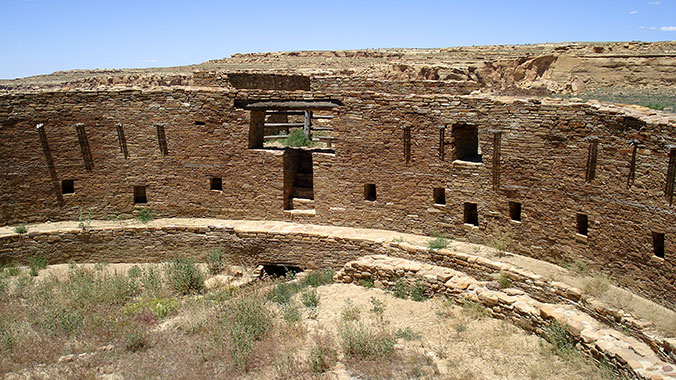A Dine History of Navajoland
by Klara Kelley and Harris Francis
For the first time, a sweeping history of the Diné that is foregrounded in oral tradition. Authors Klara Kelley and Harris Francis share Diné history from pre-Columbian time to the present, using ethnographic interviews in which Navajo people reveal their oral histories on key events such as Athabaskan migrations, trading and trails, Diné clans, the Long Walk of 1864, and the struggle to keep their culture alive under colonizers who brought the railroad, coal mining, trading posts, and, finally, climate change.
A Study of Southwestern Archaeology
by Stephen Lekson
In this volume Steve Lekson argues that, for over a century, Southwestern archaeology got the history of the ancient Southwest wrong. Instead, he advocates an entirely new approach—one that separates archaeological thought in the Southwest from its anthropological home and moves to more historical ways of thinking.
Focusing on the enigmatic monumental center at Chaco Canyon, the book provides a historical analysis of how Southwest archaeology confined itself, how it can break out of those confines, and how it can proceed into the future. Lekson suggests that much of what we believe about the ancient Southwest should be radically revised. Looking past old preconceptions brings a different Chaco Canyon into view: more than an eleventh-century Pueblo ritual center, Chaco was a political capital with nobles and commoners, a regional economy, and deep connections to Mesoamerica. By getting the history right, a very different science of the ancient Southwest becomes possible and archaeology can be reinvented as a very different discipline.
Book of the Hopi
by Oswald White Bear Fredericks, Frank Waters
Thirty Hopi elders share their legends, ceremonies, history and language.
Ceremony
by Leslie Marmon Silko
Forty-five years since its original publication, Ceremony remains one of the most profound and moving works of Native American literature, a novel that is itself a ceremony of healing. Tayo, a World War II veteran of mixed ancestry, returns to the Laguna Pueblo Reservation. He is deeply scarred by his experience as a prisoner of the Japanese and further wounded by the rejection he encounters from his people. Only by immersing himself in the Indian past can he begin to regain the peace that was taken from him. Masterfully written, filled with the somber majesty of Pueblo myth, Ceremony is a work of enduring power.
Native Peoples of the Southwest
by Trudy Griffin Pierce
This comprehensive look at Native American groups in the southwestern United States is one of the first to provide both ethnographic research and Native American viewpoints. Included are chapters on the Pueblos, the Hopi, and the Zuni; the Pimans, the Yaqui, and the River Yumans; the Upland Yumans, the Apache, the Navajo, and the Southern Paiute. It explores each group's environmental adaptation, linguistic affiliation, social organization, history, world view, material culture, and ceremonial institutions. Native Americans speak about contemporary issues such as the repatriation of sacred objects, reservation gambling, preservation of native plants, and the philosophy behind tribal colleges.
Pueblo Bonito, Center of the Chacoan World
by Jill E. Neitzel (editor)
Pueblo Bonito is the largest and most famous ruin in New Mexico's Chaco Culture National Historical Park. Built by the ancestral Puebloan people some 1,000 years ago, the ruin testifies to one of the oldest and most complex societies ever discovered in North America. Study of the large corpus of data continues to generate new ideas about the people who lived their and their way of life.
This extensively illustrated volume commemorates the recent centennial of the first large-scale excavations at Pueblo Bonito, with leading experts writing on various aspects of the site, including its setting, construction sequence and labor requirements, possible astronomical orientations and related rituals, and burials. The book probes deeply for answers to these and other perplexing questions about Pueblo Bonito and its people.
The Architecture of Chaco Canyon
by Steve Lekson
The structures of Chaco Canyon, built by native peoples between AD 850 and 1130, are among the most compelling ancient monuments on earth. Recognized as a World Heritage Site, these magnificent ruins are consistently featured in scholarly books and popular media. Yet, like Chaco itself, these buildings are anomalous in Southwestern archaeology and much debated.
In a century of study, our understanding and means of approaching these ruins have grown considerably. Important tree-ring dating, GIS research, and computer imaging point to the need for a new volume on Chaco architecture that unifies older information with the new.
The chapters in this volume focus on Chaco Great Houses and consider three overlapping themes: studies of technology and building types, analyses of architectural change, and readings of the built environment. To aid reconsideration there are over 150 maps, floor plans, elevations, and photos, including a number of color illustrations.
Wisdom Sits in Places: Landscapes and Language Among the Western Apache
by Keith Basso
This remarkable book introduces us to four unforgettable Apache people, each of whom offers a different take on the significance of places in their culture. Apache conceptions of wisdom, manners and morals, and of their own history are inextricably intertwined with place, and by allowing us to overhear his conversations with Apaches on these subjects Basso expands our awareness of what place can mean to people.
Most of us use the term sense of place often and rather carelessly when we think of nature or home or literature. Our senses of place, however, come not only from our individual experiences but also from our cultures. Wisdom Sits in Places, the first sustained study of places and place-names by an anthropologist, explores place, places, and what they mean to a particular group of people, the Western Apache in Arizona. For more than thirty years, Keith Basso has been doing fieldwork among the Western Apache, and now he shares with us what he has learned of Apache place-names--where they come from and what they mean to Apaches.


